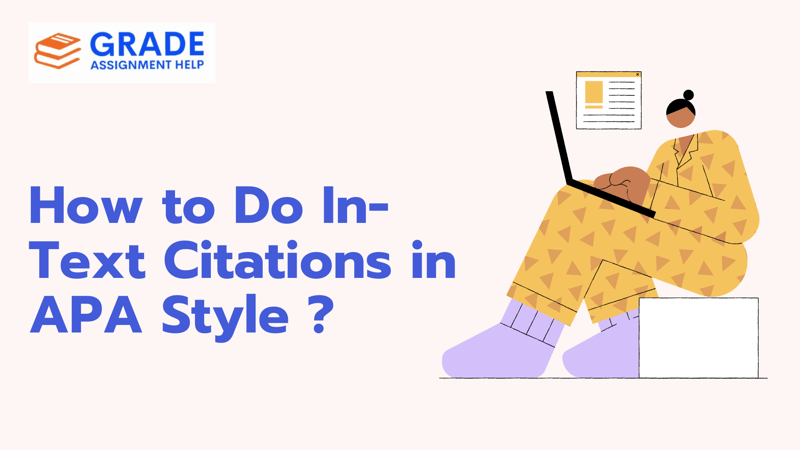

Citations are an essential part of any academic or professional writing. They not only credit the original authors of the work you reference but also lend credibility to your arguments and provide readers with a way to locate the sources you have used. In the realm of academic writing, the American Psychological Association (APA) citation style is one of the most widely used systems, particularly in the social sciences, education, and business fields. Among its critical elements, the in-text citation is pivotal. In this comprehensive guide, we will delve into the nuances of creating in-text citations in APA Style.
In-text citations are brief references placed within the body of your text. They point readers to the full citation in your reference list, enabling them to locate the original source. In APA Style, in-text citations typically include the author’s last name and the year of publication. If you are quoting or paraphrasing specific parts of a source, you also need to include a page number, paragraph number, or other locator.
For instance:
The standard in-text citation in APA Style follows these formats:
Parenthetical Citations
Parenthetical citations are placed at the end of the sentence or clause that includes the information from the source. They are enclosed in parentheses and contain the author’s last name and the year of publication.
Example:
Climate change has significant implications for biodiversity (Johnson, 2020).
Narrative Citations
Narrative citations integrate the author’s name into the text of your sentence, with the year of publication placed in parentheses immediately after the name.
Example:
According to Johnson (2020), climate change poses a major threat to biodiversity.
The number of authors dictates how you format an in-text citation in APA Style.
Two Authors
When a source has two authors, include both names connected by an ampersand (&) in parenthetical citations. Use “and” instead of “&” in narrative citations.
Examples:
Parenthetical: (Smith & Brown, 2019)
Narrative: Smith and Brown (2019) argued that...
Three or More Authors
For sources with three or more authors, use the first author’s last name followed by “et al.” in all in-text citations.
Examples:
Sometimes, you may encounter sources without a named author. APA provides clear guidelines for such situations:
Using the Title
If the author is unknown, use the title of the work in place of the author’s name. Italicize titles of books, reports, or web pages. Use quotation marks for articles, chapters, or web page sections.
Examples:
Using an Organization as the Author
When a group or organization serves as the author, include its name in the citation. Abbreviate long names after the first full mention.
Example:
When referencing a specific section, page, or part of a source, include this information to guide the reader. This is particularly important for direct quotes.
For Direct Quotes
Provide the author’s last name, year of publication, and the page or paragraph number.
Example:
For Sections or Chapters
Identify the section, chapter, or paragraph if page numbers are unavailable.
Example:
When synthesizing ideas from multiple sources, include them all in a single parenthetical citation, separated by semicolons. Arrange the sources alphabetically by the first author’s last name.
Example:
Recent studies have explored this phenomenon (Johnson, 2018; Smith & Brown, 2019; Taylor, 2020).
6. Secondary Sources
If you refer to a source cited within another source, acknowledge both the original and the secondary source. However, whenever possible, locate and use the original source directly.
Example:
(Smith, 2010, as cited in Johnson, 2021)
In your reference list, include only the secondary source (e.g., Johnson, 2021).
No Date
If a source does not have a publication date, use “n.d.” (no date) in place of the year.
Example:
Personal Communications
For personal communications, such as interviews, emails, or phone conversations, provide as much detail as possible within the text. These sources are not included in the reference list.
Example:
To ensure your citations are correct, watch out for these common errors:
Mastering in-text citations in APA Style is an essential skill for academic and professional writing. By adhering to these guidelines, you can effectively credit your sources, enhance your credibility, and provide readers with the tools they need to explore your references. Remember, consistency is key to creating a polished and professional piece of writing.
For more information, visit Grade Assignment Help we provide assignment help and assist you in doing the in-text citation.